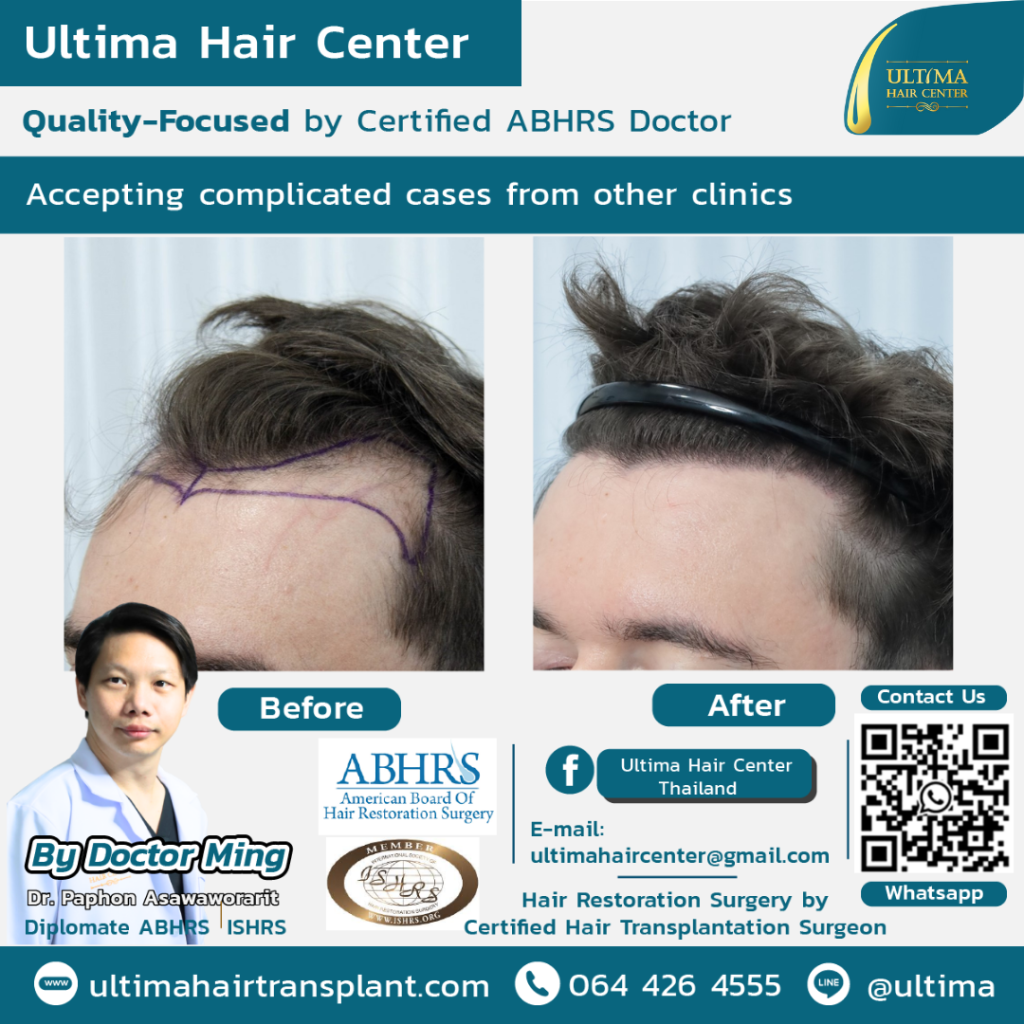Hair restoration surgery
Hair Restoration Surgery : Your Path to a Fuller, More Confident You!

Noticing your hair thinning or receding can be a tough experience, affecting how you feel about yourself every day. If you're looking for a effective solution, you've probably heard of hair restoration surgery. But what exactly is it, and how can it help you regain your hair and confidence?
Let's explore what hair restoration surgery is all about, in a friendly and easy-to-understand way!
 What is Hair Restoration Surgery?
What is Hair Restoration Surgery?
At its heart, hair restoration surgery (often simply called a hair transplant) is a highly effective medical procedure designed to add your hair density. It's not about "growing" new hair from scratch, but rather skillfully moving your own healthy hair follicles from one area of your body to another or re-location of your hair grafts.
Think of it like this: You have a "donor area" – usually the back or sides of your head – where your hair is naturally thicker and more resistant to balding. During hair restoration surgery, a specialist carefully extracts individual hair follicles or small groups of follicles from this donor area. These tiny hair grafts are then meticulously transplanted into the "recipient area" – the parts of your scalp where your hair is thinning or bald.
Once these transplanted follicles settle into their new home, they continue to grow hair naturally, just as they did before. The result? A fuller, denser, and incredibly natural-looking head of hair that's all yours!
 Why Do People Choose Hair Restoration Surgery?
Why Do People Choose Hair Restoration Surgery?
The most common reason people opt for hair restoration surgery is to treat Androgenetic Alopecia, widely known as male or female pattern hair loss. This genetic condition causes hair follicles to shrink over time, leading to thinning and receding hair.
However, hair restoration surgery is also an excellent solution for:
- Receding hairlines or creating a more defined, youthful hairline.
- Increasing hair density in thinning areas.
- Restoring hair lost due to scars, burns, or certain medical conditions.
- Even restoring hair to eyebrows, beards or moustache.
 Understanding the Main Techniques in Hair Restoration Surgery
Understanding the Main Techniques in Hair Restoration Surgery
There are two primary, highly effective techniques used in modern hair restoration surgery:
Follicular Unit Excision (FUE): This popular method involves precisely extracting individual hair follicles one by one directly from the donor area using a tiny punch tool. This technique leaves behind very small, almost unnoticeable dot-like scars, making it a great choice if you prefer to wear your hair very short. The extracted grafts are then carefully implanted into the thinning or bald areas.
Follicular Unit Transplantation (FUT): Sometimes referred to as the "strip method," FUT involves removing a small, thin strip of skin containing many hair follicles from the donor area. This strip is then expertly divided into individual follicular units under a microscope. These units are then implanted into the areas needing hair. This method typically results in a thin, linear scar in the donor area, which is easily concealed by surrounding hair.
Your skillful hair restoration surgeon will discuss which technique is best suited for your specific hair loss pattern, hair type, and desired outcome during your consultation.
 The Hair Restoration Journey: What to Expect
The Hair Restoration Journey: What to Expect
Undergoing hair restoration surgery is a journey, and knowing what to expect can make it much smoother:
- Initial Consultation: This is where it all begins! You'll meet with a qualified hair restoration surgeon to discuss your goals, assess your hair loss, and determine if you're a good candidate for the procedure.
- Preparation: Before your surgery, you'll receive clear instructions on how to prepare your scalp, what medications to adjust or stop, and lifestyle recommendations (like avoiding smoking).
- The Procedure: Hair restoration surgery is typically performed under local anesthesia. This means your scalp will be numb, but you'll be awake and comfortable. The procedure can take several hours, depending on the number of grafts needed.
- Recovery & Growth: After the surgery, you'll get detailed aftercare instructions on how to care for your new grafts and manage any mild swelling or discomfort. It's completely normal for the newly transplanted hairs to shed 2 weeks-2 months after hair transplant – this is a crucial part of the process! The transplanted hair will regrow again around 3-4 months after the surgery, with significant visible results by 6 months, and full maturity taking 12 months.
 Reclaim Your Confidence with Hair Restoration Surgery
Reclaim Your Confidence with Hair Restoration Surgery
Hair restoration surgery is a safe, effective, and lasting solution for hair loss when you have done by an experienced and results-focused hair transplant doctor.
It's a powerful way to not only restore your hair but also significantly boost your self-esteem and confidence. If you're ready to explore how this transformative procedure can help you, the next step is to schedule a consultation with a qualified hair restoration surgeon (ABHRS doctor) who can guide you on your journey to a fuller, more vibrant you!
Dr. Ming, Ultima Hair Center, Bangkok, Thailand
Comments